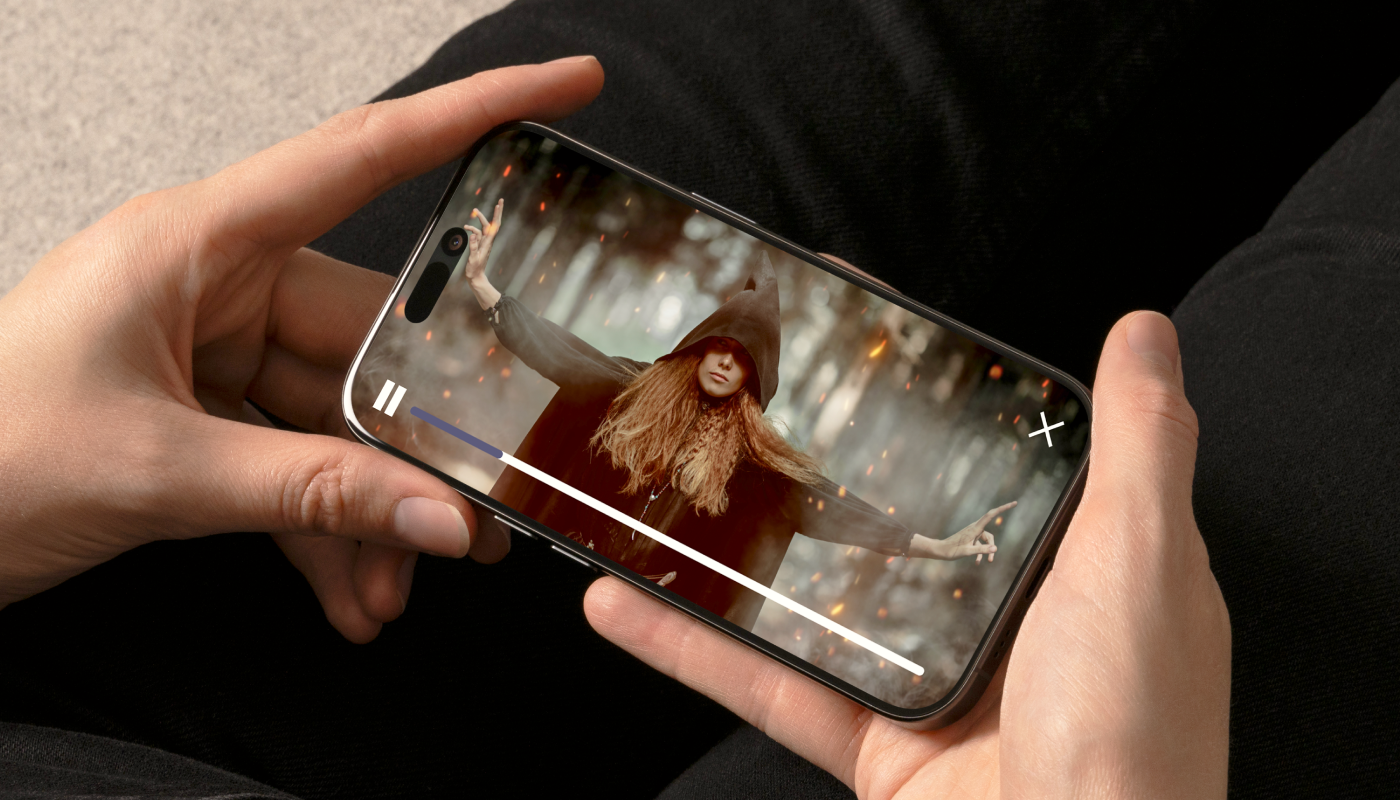Digital out-of-home (DOOH) has been part of the marketing mix for a few years already, but it has only increased in popularity with the rise of smart technology. In 2019, it made up approximately 29% of Germany’s out-of-home ad spend, with a growth rate of 25%. It is predicted to reach a worldwide ad spend of 7.5 billion U.S. dollars in 2020.
Last year, PubNative released an article in The Drum about the possibilities of DOOH. This time we would like to answer the question:
Are mobile and DOOH a match made in heaven?
The advantages of DOOH lie within the quick adaptation to external influences. Through programmatic advertising, information on weather conditions, timing and traffic are already being used to tailor the offer to its surroundings, e.g. ads for flu medicine may be shown in cold weather and ads for ice cream when it is sunny and warm. Usually, advertising screens are positioned in frequented commuting spots. One of the challenges of programmatic out-of-home advertising lies with accurate impression tracking. With the help of beacons inside of DOOH screens, an estimate of devices in the proximity helps determine impressions. What else can mobile do to efficiently tailor the offers on outdoor screens to more segmented groups of passers-by?
Mobile programmatic: a solid support system
Enter mobile advertising and programmatic bidding. With the help of location-based targeting, data from mobile phones can be used to statistically determine the gender, age, and even interests of individuals frequenting a specific screen throughout the day. The portfolio of different apps installed on a device build the basis for these data points.
One of the challenges for making use of mobile data in DOOH is the implementation of real-time bidding on out-of-home screens. Without real-time data processing, ads will not be able to respond to the targeting possibilities received.
Given the constraints on tracking and measurement of outdoor advertising, DOOH in combination with mobile will increasingly become a powerful audience-based targeting tool not only for branding but also for brand-performance goals.
The opportunities of location-based targeting
Due to ad distribution via programmatic advertising, out-of-home advertising is able to be enriched with data, which helps DOOH adapt to its surroundings. Specific to some markets like the US, this enriched data includes layering on location-contextual audiences so brands can connect to their customers with greater relevance. This also provides opportunities for messaging amplification for brands to extend their reach and increase the frequency in DOOH geographies to further inspire customers who are around an advertiser’s physical location. Verve predicts that DOOH advertising is evolving beyond video billboards and will split into different channels.
All things considered, the future of DOOH will most likely evolve into being a medium that focuses on booking audiences instead of booking screens, with mobile technology and audiences at its core.








